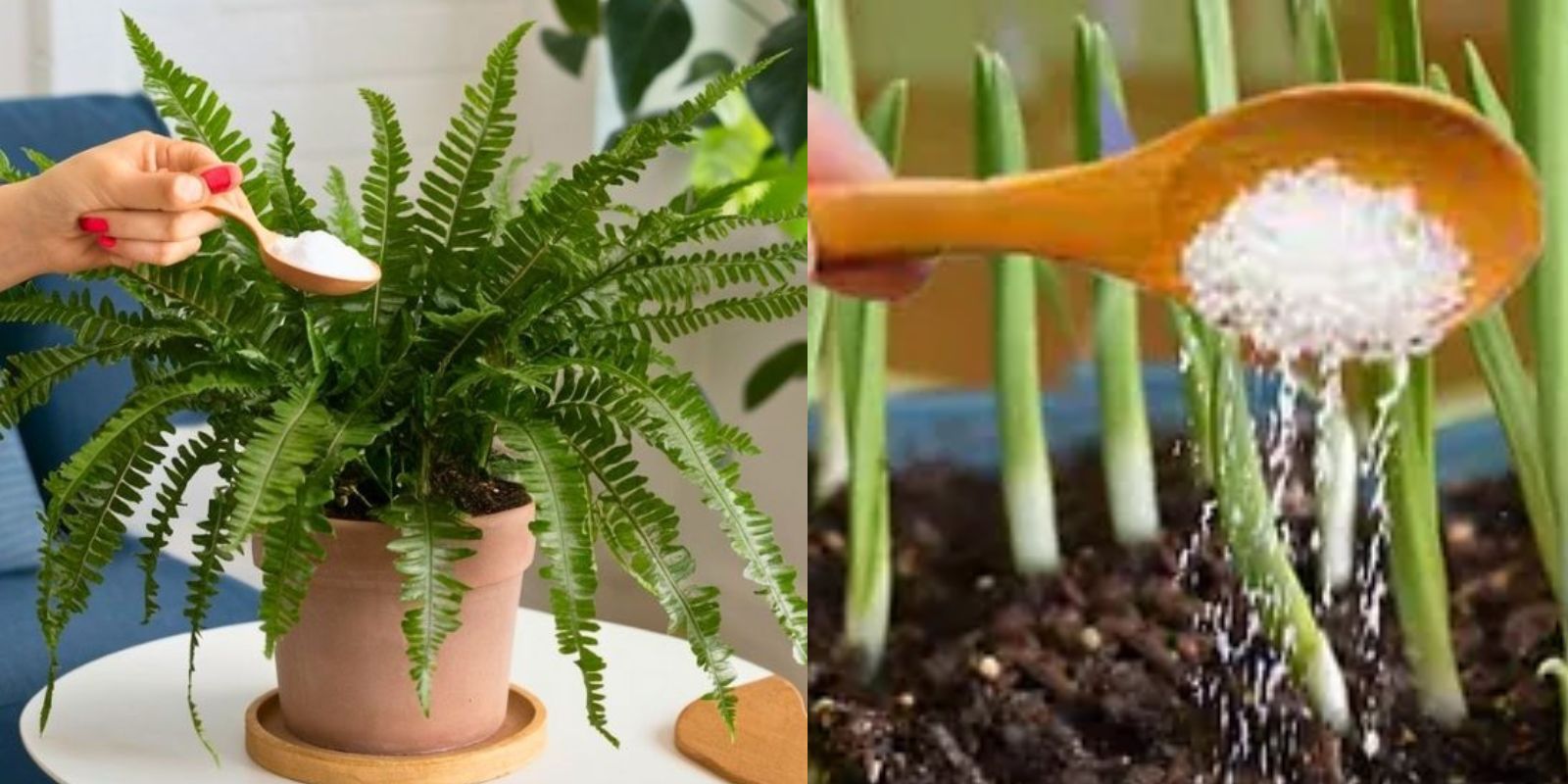Introduction
Epsom salt, a common household item, is renowned for its diverse uses beyond its role in baths. In gardening, it is celebrated for its ability to enhance vegetable growth. Rich in magnesium and sulfur, Epsom salt helps plants absorb essential nutrients and improves overall plant health. This comprehensive guide will explore how to effectively use Epsom salt to boost your vegetable garden’s productivity and ensure a thriving harvest.
1. Understanding Epsom Salt and Its Benefits
What Is Epsom Salt?
Epsom salt, chemically known as magnesium sulfate, consists of magnesium, sulfur, and oxygen. It’s named after a saline spring in Epsom, Surrey, England, where it was first discovered. The magnesium content in Epsom salt is particularly beneficial for plant health.
Benefits for Vegetables
- Improves Nutrient Absorption: Magnesium helps plants absorb other vital nutrients such as nitrogen and phosphorus more efficiently.
- Enhances Photosynthesis: Magnesium is a core component of chlorophyll, which is essential for photosynthesis.
- Promotes Stronger Roots: The sulfur in Epsom salt aids in the formation of amino acids, contributing to better root development.
- Increases Yield: Plants that receive adequate magnesium and sulfur often produce larger and healthier fruits and vegetables.
2. Assessing the Need for Epsom Salt
Identifying Magnesium Deficiency
Signs of magnesium deficiency in plants include:
- Interveinal Chlorosis: Yellowing of leaves between the veins while the veins remain green.
- Leaf Curling: Edges of older leaves curling upwards.
- Poor Growth: Stunted plant growth and reduced fruit production.
Testing Soil for Magnesium
- Soil Test Kits: Purchase a soil test kit from a garden center to determine magnesium levels.
- Professional Testing: Send a soil sample to a laboratory for a comprehensive analysis.
3. Preparing and Applying Epsom Salt
How to Prepare the Solution
- Foliar Spray: Mix 1-2 tablespoons of Epsom salt in a gallon of water. Stir until fully dissolved.
- Soil Application: Mix 1-2 tablespoons of Epsom salt per square foot of soil.
Application Methods
- Foliar Spray:
- Spray the solution directly onto the leaves of your plants, ensuring even coverage.
- Apply in the early morning or late afternoon to avoid leaf burn.
- Soil Application:
- Sprinkle the Epsom salt around the base of the plants and lightly work it into the soil.
- Water thoroughly to help dissolve and distribute the salt.
4. Optimal Timing for Application
When to Apply
- During Planting: Add Epsom salt to the planting hole or garden bed before planting seeds or seedlings.
- Growing Season: Apply Epsom salt every 4-6 weeks during the growing season to maintain nutrient levels.
- After Fruiting: Apply a final dose after the initial fruit set to support ongoing development.
5. Dosage and Frequency
Recommended Dosage
- General Use: 1-2 tablespoons per gallon of water for foliar spray.
- Soil Treatment: 1-2 tablespoons per square foot of soil.
Frequency
- Monthly Applications: Regular applications every 4-6 weeks during the growing season.
- As Needed: Monitor plant response and adjust frequency if signs of deficiency persist.
6. Monitoring and Adjusting
Observing Plant Response
- Leaf Color: Look for improvements in leaf color and overall plant vigor.
- Growth Patterns: Monitor plant growth and fruit development to gauge the effectiveness of the treatment.
Adjusting Applications
- Over-Application: If you notice leaf burn or other adverse effects, reduce the dosage or frequency of application.
- Complementary Treatments: Use Epsom salt in conjunction with other organic fertilizers for balanced nutrition.
7. Common Questions and Troubleshooting
Can Epsom Salt Be Used on All Vegetables?
Yes, Epsom salt can benefit most vegetables, but some may require additional nutrients based on specific needs.
Is Epsom Salt Safe for Organic Gardening?
Epsom salt is considered safe for organic gardening as it is a natural mineral compound.
What If My Plants Show No Improvement?
If you don’t see improvements, consider testing your soil for other nutrient deficiencies or consult with a gardening expert.
8. Additional Uses for Epsom Salt in the Garden
Other Benefits
- Pest Control: Epsom salt can deter slugs and snails when sprinkled around plants.
- Tomato Health: Epsom salt can help prevent blossom-end rot in tomatoes by providing calcium and magnesium.
How to Use for Other Plants
- Houseplants: Use a diluted solution as a foliar spray or soil drench for houseplants showing signs of magnesium deficiency.
- Flowers: Apply Epsom salt to flowering plants to enhance blooming and overall health.
Conclusion
Epsom salt is a powerful and accessible tool for boosting vegetable growth and improving soil health. By understanding its benefits and applying it correctly, you can ensure that your vegetable garden flourishes with vibrant, productive plants. Embrace this natural solution and watch your garden thrive!
Call to Action
Ready to see your vegetable garden flourish? Incorporate Epsom salt into your gardening routine and experience the difference! 🌿🌟 #EpsomSalt #GardenBoost #VegetableGrowth #OrganicGardening #PlantCare #GreenThumb #GardeningHacks

